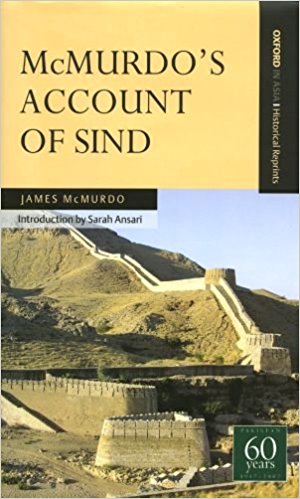India’s colonial connection is paradoxical—on the one hand, we celebrate the severance of this tricentennial relationship and on the other we perpetually savour its overwhelming nostalgia. Reams of publications in Modern Indian history castigate the colonial interlude as one of a massacre of a glorious tradition, loot of grandiloquent treasure and the submergence of an indigenous culture by the occidental onslaught. Despite these emotions evinced much research in historiography focusses on the span of colonial history.
However, in the broad sweep of colonial historiography, significant minutiae are glossed over particularly pertaining to certain regions which were impacted by the annexationist strategies or to manipulations which expose the underside of Pax Britannica. The debacle of Sindh in the annals of colonial history reflects a rapaciousness and desperation by the British to salvage their nascent Indian Empire in the nineteenth century.
Sindh was crucial because of its strategic location as it was a potential buffer zone for the British as it lay cheek by jowl with Afghanistan and their erstwhile foe Maharaja Ranjit Singh’s Kingdom. This was an extremely volatile juncture in history as the great game had peaked between the Russian bear and the British lion on the critical terrain of Afghanistan.

